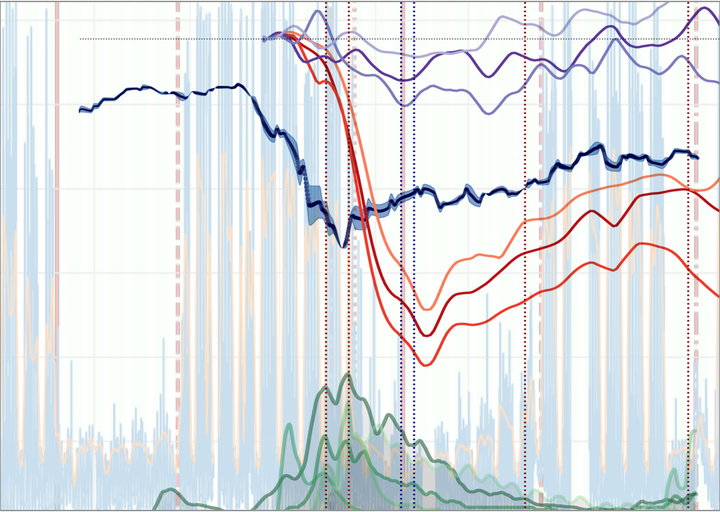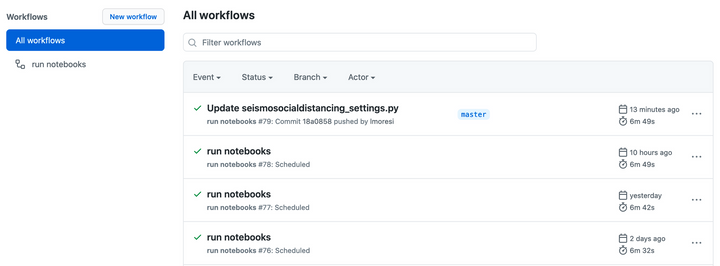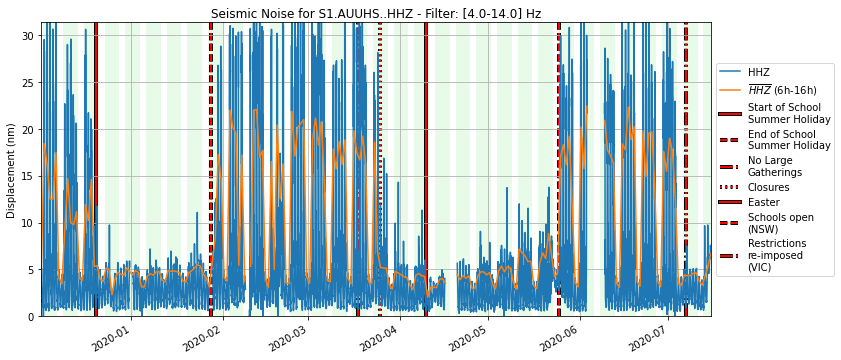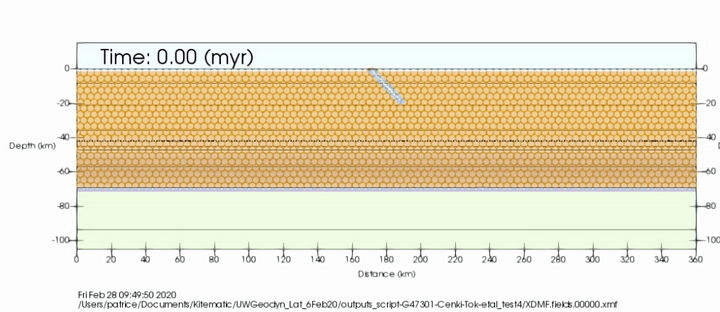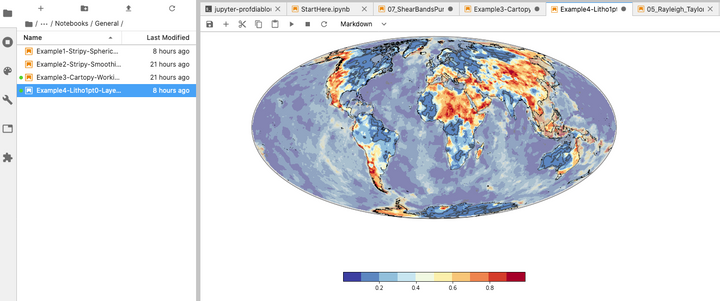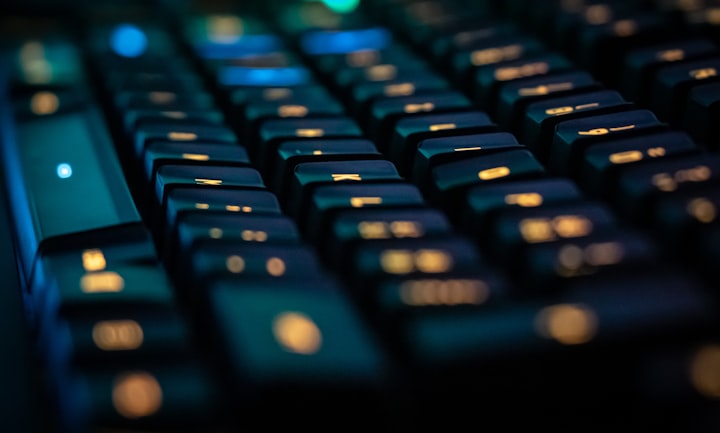The Underworld team would like to congratulate Bénédicte Cenki-Tok and
co-authors at the University of Sydney and the University of Montpellier on
their recent publication,
B. Cenki-Tok, P.F. Rey, D. Arcay; Strain and retrogression partitioning explain
long-term stability of crustal roots in stable continents. Geology doi:
https://doi.org/


